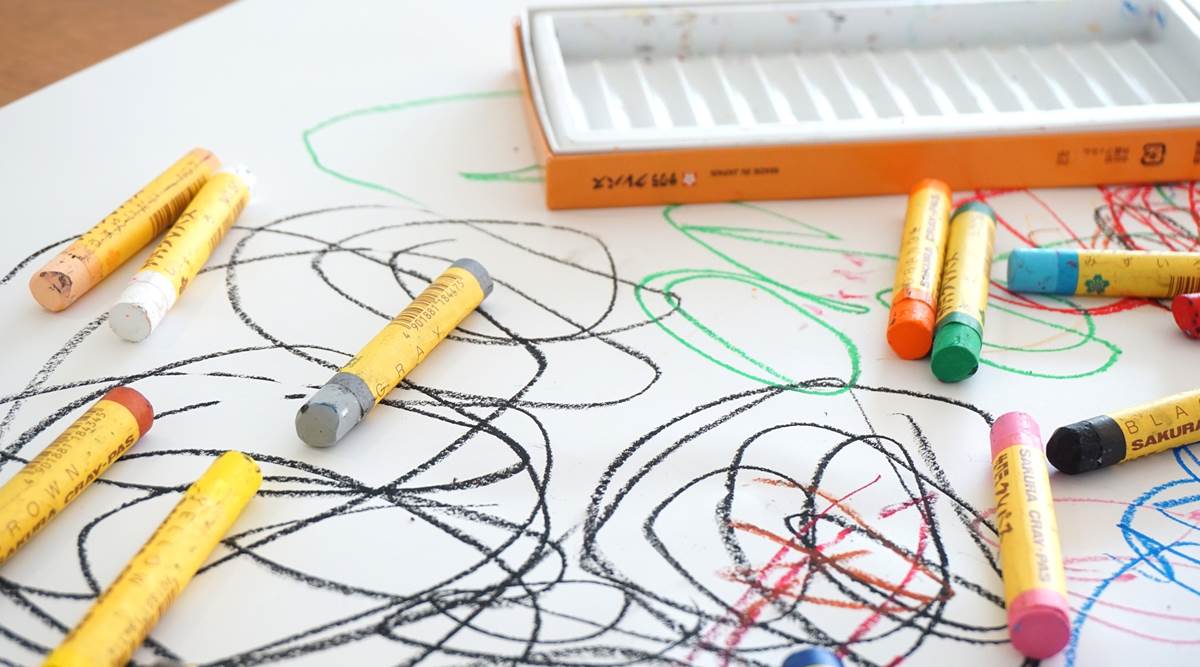The disabilities that are hard to identify are typically learning disabilities and attention deficit disorders

By Piya Marker
There are many types of special needs that are obvious and visible when you see the child. However, there are many times we need to look for signs that may be indicative of a problem or those that need our intervention.
Having disabilities like visual impairment, cerebral palsy, hearing impairment may be easier to detect. Learning disabilities like dyslexia, dysgraphia, dyscalculia, attention deficit disorder and sometimes even autism may be harder to detect at first.
Every child develops at his own pace, however there are key milestones that are important to monitor. Motor development, language and sensory delays could be identified in the first year of the child’s life.
Repeated tantrums that the child is unable to control or self-soothe, head-banging, self-biting and other inappropriate or exaggerated reactions to situations would give you an indication of possible behaviour issues.
Below are a few signs or symptoms to throw light on a possibility of special education needs. The list is not exhaustive nor comprehensive, just a few indicators that if noticed in most situations and if observed to be sustained over an extended period of time is recommended to warrant further investigation.
ALSO READ | Diagnosed with ADHD, this kid outdid his peers in class 10 board exams
The disabilities that are hard to identify are typically learning disabilities and attention deficit disorders. It is for this reason that they are known as hidden disabilities. Before one takes the step to assess formally the presence of a disability or special needs, it is important to observe the child in all situations to see the pervasiveness of the issue at hand.
Some indicators of attention deficit could be:
Failing to give attention to tasks or notice details, sustain attention over activities; even play, not seeming to listen when spoken to directly.
One may even observe that the child is not following through on instructions and failing to finish academic work, basic chores, or duties. He may struggle with organisational skills.
Reluctance or avoidance of tasks that require sustained attention or concentration. Being easily distracted, forgetful and careless are also noticed.
Excessive talking, fidgetiness, out of seat behaviour and difficulty with quiet play. Constantly interrupting conversations, inability to wait turn, blurting out answers out of turn. This child may seem to be constantly “on the go”
Language-based learning disabilities may be identified by the child’s inability to read age appropriate material, oral language or spelling skills that are not matched to an expected age or grade level.
Children who have family members that have struggled with reading, writing and spelling need to be monitored more closely. Problems with written expression; letter formations, discrepancy between the child’s oral expression and written expression is also an indicator of possible dysgraphia.
Dyscalculia or math-based difficulties may be identified by difficulties in recognising numbers or learning to count, struggling with connecting the value with the word or numerical symbols. Recognising patterns is difficult, loses track when counting, needs physical cues to compute, finds mental math tough, estimation of time is also a challenge sometimes.
Struggles to process visual-spatial concepts like graphs and charts and other pictorial representations of Math.
ALSO READ | Why parents should stop obsessing over their child’s academic learnings
The key to a better prognosis is always early intervention, as with any challenge and problem we may be faced with. The faster we identify, accept and seek help, the better our final outcome will be.
(The writer is Director – Head of School, The Aditya Birla Integrated School – TABIS)
Source: Read Full Article
